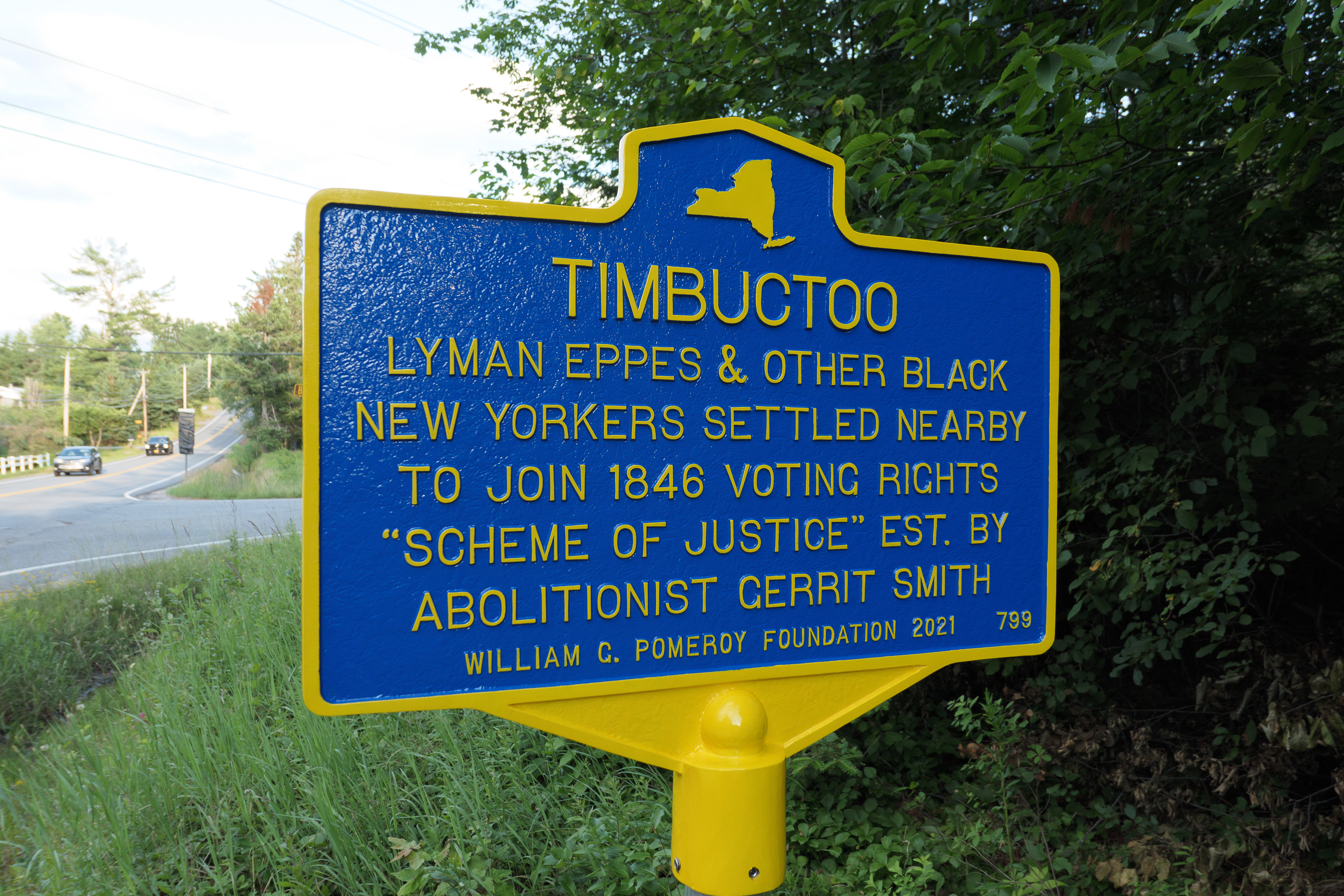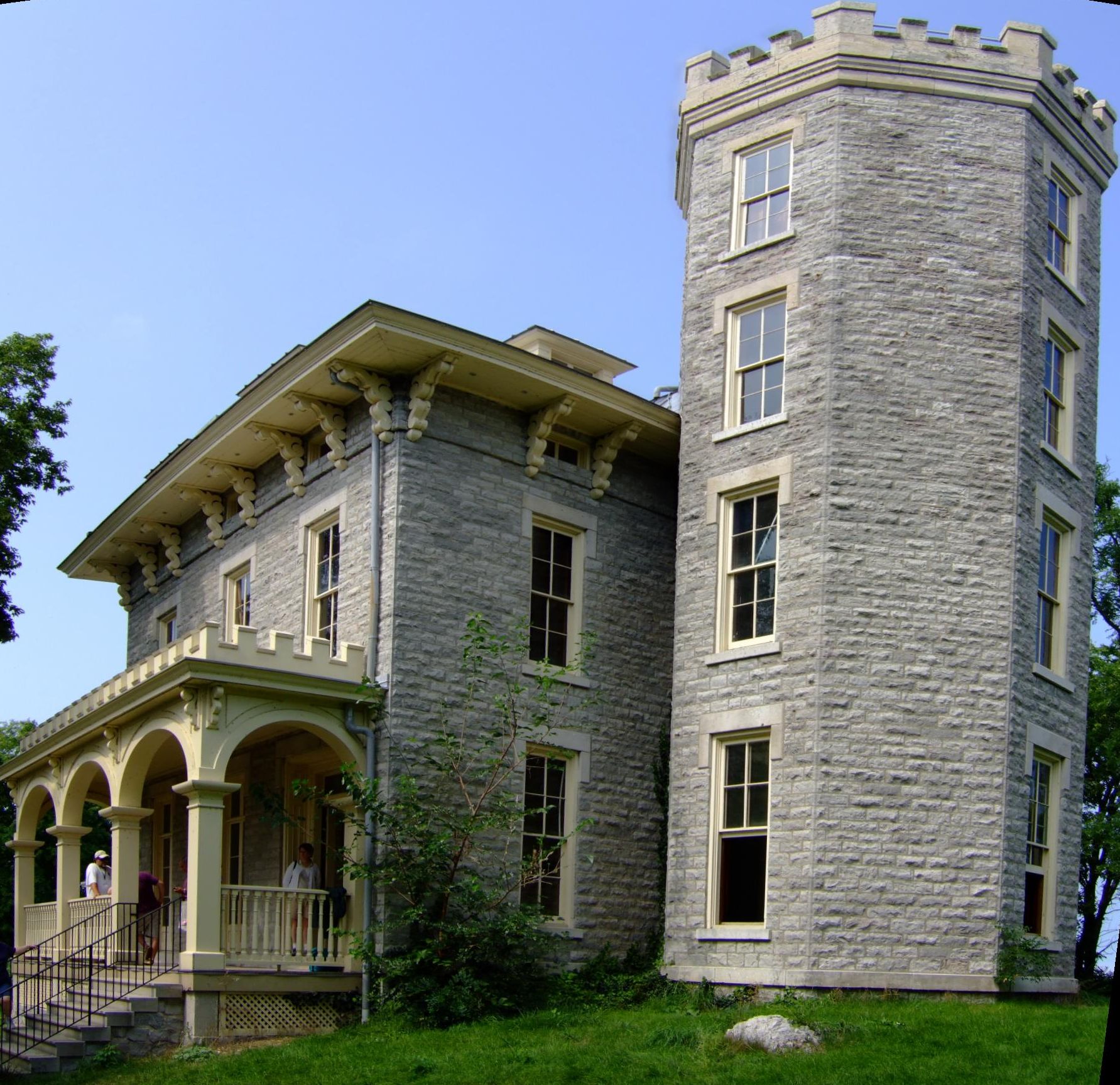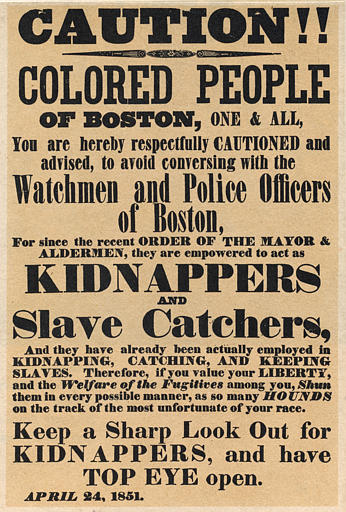|
Cloudsplitter
''Cloudsplitter'' is a 1998 historical novel by Russell Banks relating the story of abolitionist John Brown. The novel is narrated as a retrospective by John Brown's son, Owen Brown, from his hermitage in the San Gabriel Mountains of California. His reminiscences are triggered by the reception of an invitation from a Miss Mayo, assistant to Oswald Garrison Villard, then researching his book ''John Brown: A Biography Fifty Years After'' (Boston, 1910). The title of the book comes from a translation of the Iroquois word Tahawus, the name of the mountain—English name Mount Marcy—just beyond the Brown family estate. It is the highest mountain in New York State, and except for California, the highest mountain in the Union as of 1861. Banks has lived for years in Keene, New York, near John Brown's Farm in North Elba, New York. Plot In 1899 Owen Brown, who has spent roughly the past 30 years living in isolation, receives a visit from Miss Mayo, a young woman assisting in the r ... [...More Info...] [...Related Items...] OR: [Wikipedia] [Google] [Baidu] |
Russell Banks
Russell Banks (born March 28, 1940) is an American writer of fiction and poetry. As a novelist, Banks is best known for his "detailed accounts of domestic strife and the daily struggles of ordinary often-marginalized characters". His stories usually revolve around his own childhood experiences, and often reflect "moral themes and personal relationships". Banks is a member of the International Parliament of Writers and a member of the American Academy of Arts and Letters. Life and career Banks was born in Newton, Massachusetts, on March 28, 1940, and grew up "in relative poverty." He is the son of Florence (née Taylor), a homemaker, and Earl Banks, a plumber, and was raised in Barnstead, New Hampshire. His father deserted the family when Banks was aged 12. While he was awarded a scholarship to attend Colgate University, he dropped out six weeks into university and travelled south instead, with the "intention of joining Fidel Castro's insurgent army in Cuba, but wound up worki ... [...More Info...] [...Related Items...] OR: [Wikipedia] [Google] [Baidu] |
John Brown (abolitionist)
John Brown (May 9, 1800 – December 2, 1859) was an American abolitionist leader. First reaching national prominence for his radical abolitionism and fighting in Bleeding Kansas, he was eventually captured and executed for a failed incitement of a slave rebellion at Harpers Ferry preceding the American Civil War. An evangelical Christian of strong religious convictions, Brown was profoundly influenced by the Puritan faith of his upbringing. He believed that he was "an instrument of God", raised up to strike the "death blow" to American slavery, a "sacred obligation". Brown was the leading exponent of violence in the American abolitionist movement: he believed that violence was necessary to end American slavery, since decades of peaceful efforts had failed. Brown said repeatedly that in working to free the enslaved, he was following Christian ethics, including the Golden Rule, Reprinted in ''The Liberator'', October 28, 1859 as well as the U.S. Declaration of Independen ... [...More Info...] [...Related Items...] OR: [Wikipedia] [Google] [Baidu] |
Lyman Epps
Timbuctoo, New York, was a mid-19th century farming community of African-American homesteaders in the remote town of North Elba, New York. It was located in the vicinity of , near today's Lake Placid village (which did not exist then), in the Adirondack Mountains of Upstate New York. Contrary to the information given out by donor Gerrit Smith, who said that the lots were in clusters, they were spread out over an area north to south, and east to west. The land was called "the highest arable spot of land in the State, if, indeed, soil so hard and sterile can be called arable." (Most of this article appeared i''The Liberator,'' December 16, 1859, p. 3.) Timbuctoo has acquired a mythical status in the history of New York State. The land is reforested and the exact location of the houses is unknown. While a historic marker was installed in July 2022, the settlement is not found on any local maps. There are no surviving buildings nor known foundations of buildings. There are no know ... [...More Info...] [...Related Items...] OR: [Wikipedia] [Google] [Baidu] |
Rule Of The Bone
''Rule of the Bone'' is a 1995 novel by Russell Banks. It is a Bildungsroman, or coming-of-age story about the 14-year-old American narrator, Chappie, later dubbed Bone (named for a tattoo that he gets), who, after having dropped out of school, turns to the guidance of a Rastafarian Jamaican migrant worker. Structure The novel is split into two halves: the first concerns his family struggles in America, and the second describes his experiences in Jamaica. Some critics, such as Michiko Kakutani for ''The New York Times'', describe the book as descending from other novels about rebellious teens, such as J. D. Salinger's ''The Catcher in the Rye'' and Mark Twain's ''Adventures of Huckleberry Finn ''Adventures of Huckleberry Finn'' or as it is known in more recent editions, ''The Adventures of Huckleberry Finn'', is a novel by American author Mark Twain, which was first published in the United Kingdom in December 1884 and in the United St ...'' ew York Times review, May 19, 1995 ... [...More Info...] [...Related Items...] OR: [Wikipedia] [Google] [Baidu] |
Owen Brown (abolitionist, Born 1824)
Owen Brown (November 4, 1824 – January 8, 1889) was the third son of abolitionist John Brown. He participated more in his father's anti-slavery activities than did any of his siblings. He was the only son to participate both in the Bleeding Kansas activities — specifically the Pottawatomie massacre, during which he killed a man— and his father's raid on Harpers Ferry. He was the only son of Brown present in Tabor, Iowa, when Brown's recruits were trained and drilled. He was also the son who joined his father in Chatham, Ontario, Canada, when the raid was planned; he was chosen as treasurer of the organization of which his father was made president. Personal information Owen was named for his grandfather, a prosperous Connecticut tanner, strong abolitionist, and one of the first settlers in Hudson, Ohio. He described himself as "an engineer on the Underground Railroad" and a "woodsman almost all my life". By this he meant not that he was a lumberjack, but that he was c ... [...More Info...] [...Related Items...] OR: [Wikipedia] [Google] [Baidu] |
Stillbirth
Stillbirth is typically defined as fetal death at or after 20 or 28 weeks of pregnancy, depending on the source. It results in a baby born without signs of life. A stillbirth can result in the feeling of guilt or grief in the mother. The term is in contrast to miscarriage, which is an early pregnancy loss, and Sudden Infant Death Syndrome, where the baby dies a short time after being born alive. Often the cause is unknown. Causes may include pregnancy complications such as pre-eclampsia and birth complications, problems with the placenta or umbilical cord, birth defects, infections such as malaria and syphilis, and poor health in the mother. Risk factors include a mother's age over 35, smoking, drug use, use of assisted reproductive technology, and first pregnancy. Stillbirth may be suspected when no fetal movement is felt. Confirmation is by ultrasound. Worldwide prevention of most stillbirths is possible with improved health systems. Around half of stillbirths oc ... [...More Info...] [...Related Items...] OR: [Wikipedia] [Google] [Baidu] |
Fugitive Slave Act Of 1850
The Fugitive Slave Act or Fugitive Slave Law was passed by the United States Congress on September 18, 1850, as part of the Compromise of 1850 between Southern interests in slavery and Northern Northern may refer to the following: Geography * North, a point in direction * Northern Europe, the northern part or region of Europe * Northern Highland, a region of Wisconsin, United States * Northern Province, Sri Lanka * Northern Range, a ra ... Free Soil Party, Free-Soilers. The Act was one of the most controversial elements of the 1850 compromise and heightened Northern fears of a slave power conspiracy. It required that all escaped slaves, upon capture, be returned to the slaver and that officials and citizens of free states had to cooperate. Abolitionism in the United States, Abolitionists nicknamed it the "Bloodhound Bill", after the bloodhound, dogs that were used to track down people fleeing from slavery. The Act contributed to the growing polarization of the country o ... [...More Info...] [...Related Items...] OR: [Wikipedia] [Google] [Baidu] |
Springfield, Massachusetts
Springfield is a city in the Commonwealth of Massachusetts, United States, and the seat of Hampden County. Springfield sits on the eastern bank of the Connecticut River near its confluence with three rivers: the western Westfield River, the eastern Chicopee River, and the eastern Mill River. At the 2020 census, the city's population was 155,929, making it the third-largest city in Massachusetts, the fourth-most populous city in New England after Boston, Worcester, and Providence, and the 12th-most populous in the Northeastern United States. Metropolitan Springfield, as one of two metropolitan areas in Massachusetts (the other being Greater Boston), had a population of 699,162 in 2020. Springfield was founded in 1636, the first Springfield in the New World. In the late 1700s, during the American Revolution, Springfield was designated by George Washington as the site of the Springfield Armory because of its central location. Subsequently it was the site of Shays' Rebel ... [...More Info...] [...Related Items...] OR: [Wikipedia] [Google] [Baidu] |
North Elba
North Elba is a town in Essex County, New York, United States. The population was 8,957 at the 2010 census. North Elba is on the western edge of the county. It is by road southwest of Plattsburgh, south-southwest of Montreal, and north of Albany. While it is only west-southwest of Burlington, Vermont, one would have to either take a ferry across Lake Champlain, or drive around it. The entirety of the village of Lake Placid is located within the boundaries of North Elba, as is part of the village of Saranac Lake. North Country Community College is located in North Elba. The Adirondack Scenic Railroad traverses the town. The John Brown Farm State Historic Site is in North Elba. History The town was first settled around 1814. In 1840 there were six families in the future North Elba, which was formed from part of the town of Keene in 1849. The abolitionist John Brown, attracted by the views of local abolitionist Gerrit Smith, came to the town in 1849 to found a co ... [...More Info...] [...Related Items...] OR: [Wikipedia] [Google] [Baidu] |
John Brown's Raid On Harpers Ferry
John is a common English name and surname: * John (given name) * John (surname) John may also refer to: New Testament Works * Gospel of John, a title often shortened to John * First Epistle of John, often shortened to 1 John * Second Epistle of John, often shortened to 2 John * Third Epistle of John, often shortened to 3 John People * John the Baptist (died c. AD 30), regarded as a prophet and the forerunner of Jesus Christ * John the Apostle (lived c. AD 30), one of the twelve apostles of Jesus * John the Evangelist, assigned author of the Fourth Gospel, once identified with the Apostle * John of Patmos, also known as John the Divine or John the Revelator, the author of the Book of Revelation, once identified with the Apostle * John the Presbyter, a figure either identified with or distinguished from the Apostle, the Evangelist and John of Patmos Other people with the given name Religious figures * John, father of Andrew the Apostle and Saint Peter * Po ... [...More Info...] [...Related Items...] OR: [Wikipedia] [Google] [Baidu] |





